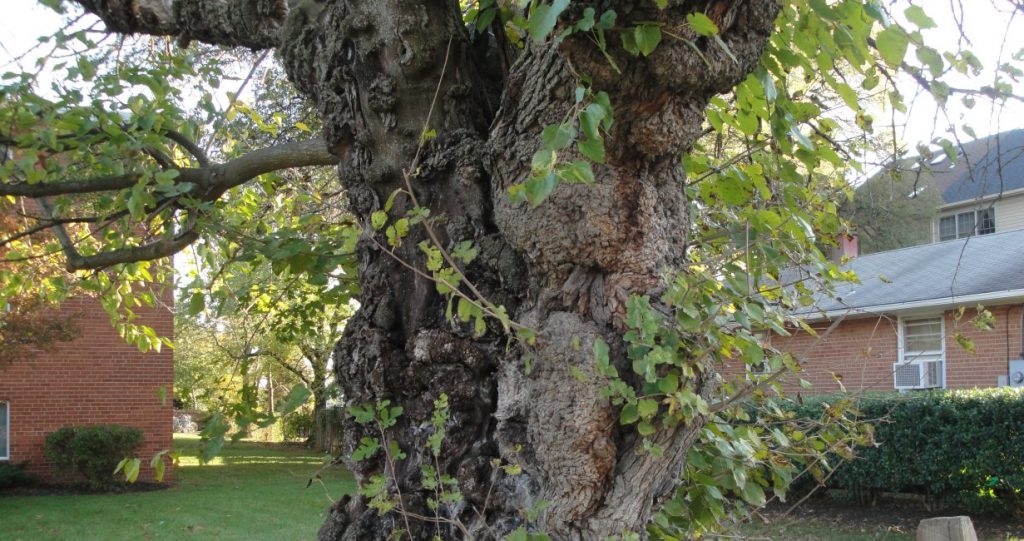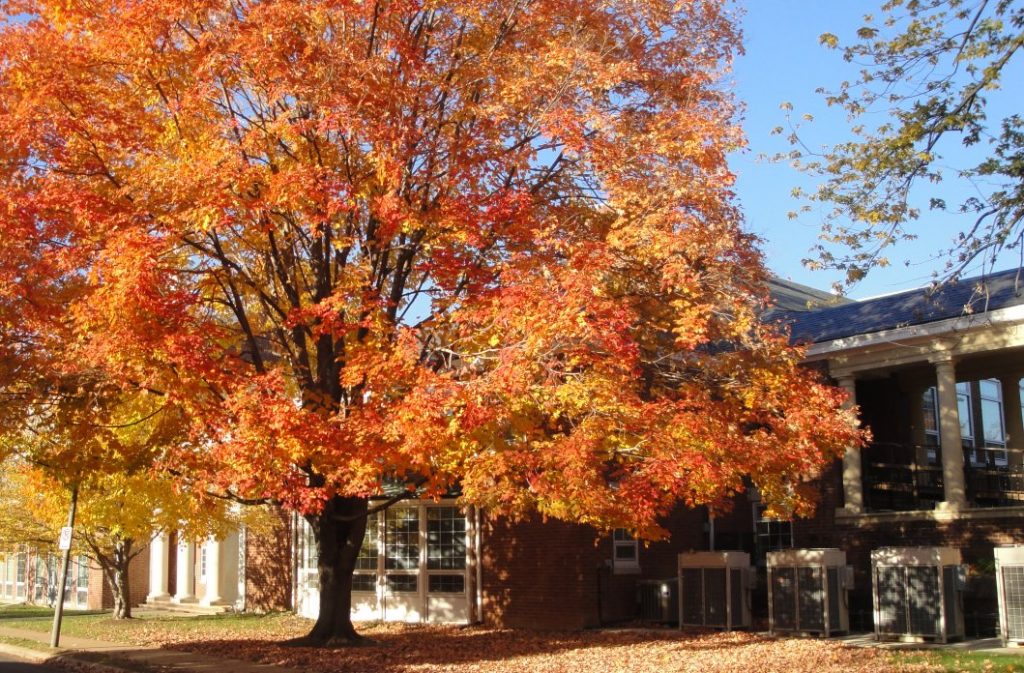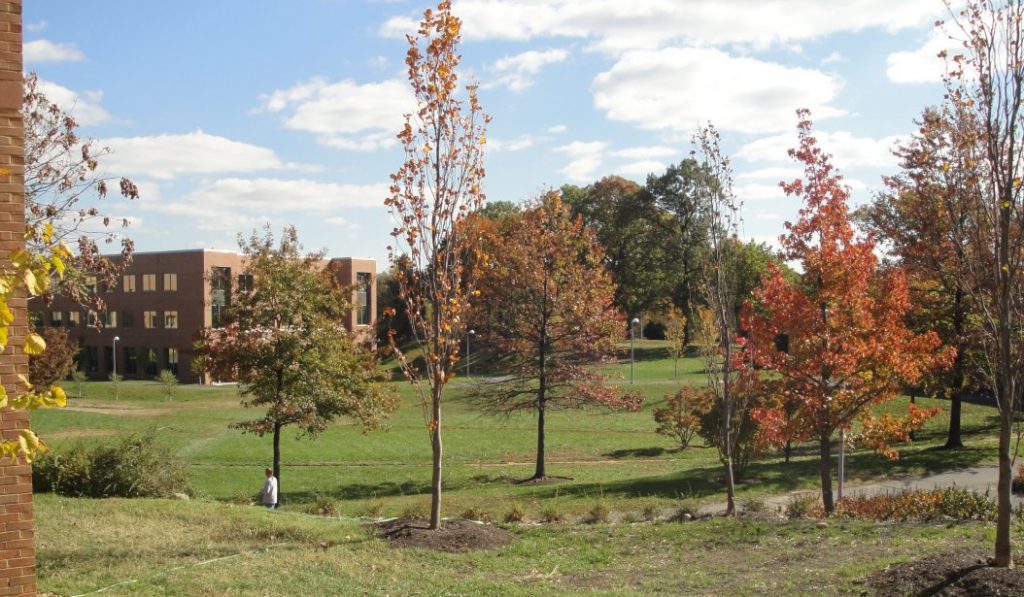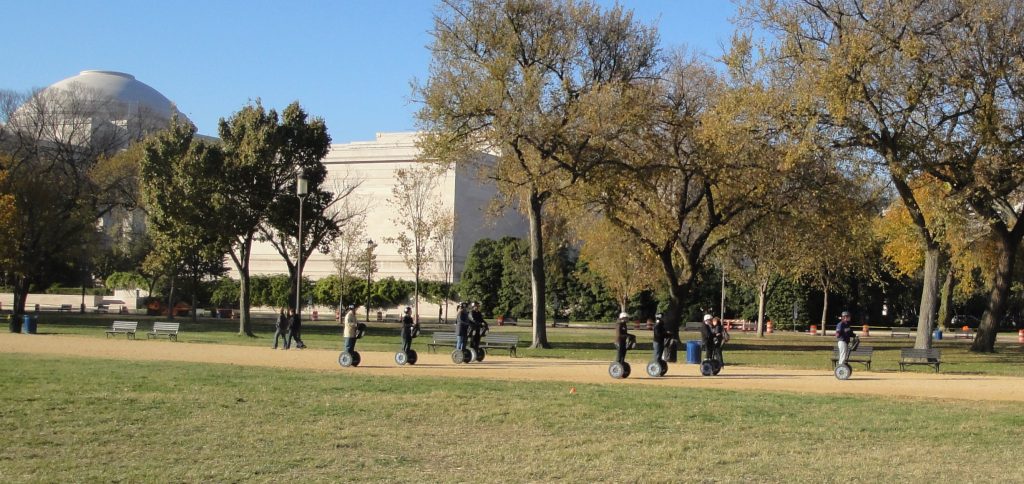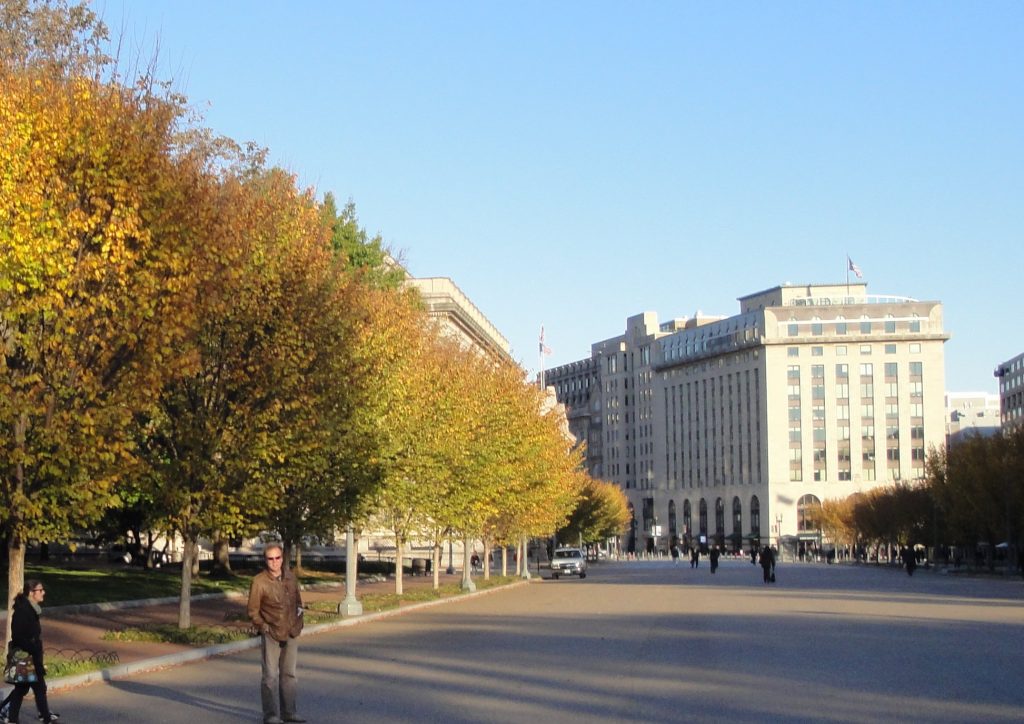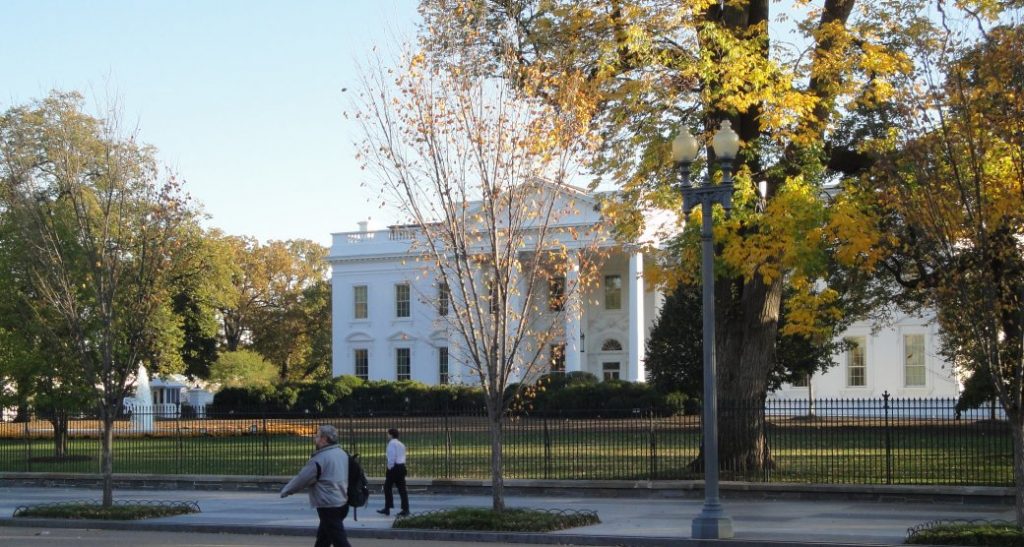When I lived in Brazil twenty-five years ago, I was only vaguely aware that the Brazilian agricultural frontier was pushing west. I knew about a significant number of farmers from Rio Grande do Sul moving into western Parana, Mato Grosso do Sul, Mato Grosso & Goias. But Brazilian agriculture was not efficient and I heard the soils out west were acidic, poor and subject to rapid exhaustion. Lately, I have been watching Globo Rural (a Brazilian agricultural TV show) on Internet and have been impressed by what looks like efficient and forward looking agriculture. Today I read a really good briefing article on Brazil’s agricultural miracle. It is a good news story thirty years in the making and it sort of crept up on us such that we didn’t notice. But it is big, a game changing development.
The way I think of a place like the Brazilian states (such as Mato Grosso) story is to compare it to what it must have been like in Ohio in the early part of our Western expansion. Ohio entered the Union in 1803 and at that time was largely potential. Twenty-five years later, it was a settled and very productive part of the United States. The transformation was fast and so big that it was not properly noticed because by the time it was finished it seemed so inevitable. But it wasn’t. The same goes for Brazil.
I went down to the State of Parana last year to look at some Brazilian forestry operations. I was massively impressed. They were taking timber in a sustainable manner and were heavily into improving silvaculture. The Amazon, BTW, is up north and the deforestation is not related to the developments I am talking about. That is a serious problem, but a different one. In fact, good silvaculture and agriculture in the south and central west takes the pressure off the rain forests.
They used to joke that Brazil was the country of the future and always would be. Looks like the future might be now. I have to admit that I was not optimistic twenty-five years ago, but all that I read and see has changed my mind. It gives me lots of hope for turning around what is so far the world’s biggest failure – Africa. Maybe in twenty-five years we will be talking about the African miracle.
Let me excerpt from the story from the briefing from the “Economist” and we can talk about it. You can read the whole thing at the link above.
“In less than 30 years Brazil has turned itself from a food importer into one of the world’s great breadbaskets. Between 1996 and 2006 the total value of the country’s crops rose from 23 billion reais to 108 billion reais, or 365%.
“No less astonishingly, Brazil has done all this without much government subsidy. According to the Organization for Economic Co-operation and Development (OECD), state support accounted for 5.7% of total farm income in Brazil during 2005-07. That compares with 12% in America, 26% for the OECD average and 29% in the European Union.
“Since the biggest single agricultural failure in the world during past decades has been tropical Africa, and anything that might help Africans grow more food would be especially valuable. In other words, you would describe Brazil.
“Since 1996 Brazilian farmers have increased the amount of land under cultivation by a third, mostly in the cerrado. And it has increased production by ten times that amount. But the availability of farmland is in fact only a secondary reason for the extraordinary growth in Brazilian agriculture. If you want the primary reason in three words, they are Embrapa, Embrapa, Embrapa.
“Embrapa is short for Empresa Brasileira de Pesquisa Agropecuária, or the Brazilian Agricultural Research Corporation. It is a public company set up in 1973, in an unusual fit of farsightedness by the country’s then ruling generals. At the time the quadrupling of oil prices was making Brazil’s high levels of agricultural subsidy unaffordable.
“Embrapa received enough money to turn itself into the world’s leading tropical-research institution.
“When Embrapa started, the cerrado was regarded as unfit for farming. Norman Borlaug, an American plant scientist often called the father of the Green Revolution, told the New York Times that “nobody thought these soils were ever going to be productive.” They seemed too acidic and too poor in nutrients. Embrapa did four things to change that.
First, it poured industrial quantities of lime (pulverised limestone or chalk) onto the soil to reduce levels of acidity. Embrapa scientists also bred varieties of rhizobium, a bacterium that helps fix nitrogen in legumes and which works especially well in the soil of the cerrado, reducing the need for fertilisers.
“Second, Embrapa went to Africa and brought back a grass called brachiaria. Patient crossbreeding created a variety, called braquiarinha in Brazil, which produced 20-25 tonnes of grass feed per hectare, many times what the native cerrado grass produces and three times the yield in Africa. That meant parts of the cerrado could be turned into pasture, making possible the enormous expansion of Brazil’s beef herd.
“Embrapa has recently begun experiments with genetically modifying brachiaria to produce a larger-leafed variety called braquiarão which promises even bigger increases in forage.
“Third, and most important, Embrapa turned soyabeans into a tropical crop. Soyabeans are native to north-east Asia (Japan, the Korean peninsular and north-east China). They are a temperate-climate crop, sensitive to temperature changes and requiring four distinct seasons. Embrapa worked out how to make it also grow in a tropical climate, on the rolling plains of Mato Grosso state and in Goiás on the baking cerrado. More recently, Brazil has also been importing genetically modified soya seeds and is now the world’s second-largest user of GM after the United States. This year Embrapa won approval for its first GM seed.
“Such improvements are continuing. The variety of soya now being planted [in Brazil’s Northeast] did not exist five years ago.
“Lastly, Embrapa has pioneered and encouraged new operational farm techniques. Brazilian farmers pioneered “no-till” agriculture, in which the soil is not ploughed nor the crop harvested at ground level. Rather, it is cut high on the stalk and the remains of the plant are left to rot into a mat of organic material. Next year’s crop is then planted directly into the mat, retaining more nutrients in the soil. In 1990 Brazilian farmers used no-till farming for 2.6% of their grains; today it is over 50%.
“Embrapa’s latest trick is something called forest, agriculture and livestock integration: the fields are used alternately for crops and livestock but threads of trees are also planted in between the fields, where cattle can forage. This, it turns out, is the best means yet devised for rescuing degraded pasture lands.
“The fields of Mato Grosso are 2,000km from the main soyabean port at Paranaguá, which cannot take the largest, most modern ships. So Brazil transports a relatively low-value commodity using the most expensive means, lorries, which are then forced to wait for ages because the docks are clogged.
“Partly for that reason, Brazil is not the cheapest place in the world to grow soyabeans (Argentina is, followed by the American Midwest). But it is the cheapest place to plant the next acre.
Big is beautiful
“Like almost every large farming country, Brazil is divided between productive giant operations and inefficient hobby farms. According to Mauro and Ignez Lopes of the Fundacão Getulio Vargas, a university in Rio de Janeiro, half the country’s 5m farms earn less than 10,000 reais a year and produce just 7% of total farm output; 1.6m are large commercial operations which produce 76% of output. Not all family farms are a drain on the economy: much of the poultry production is concentrated among them and they mop up a lot of rural underemployment. But the large farms are vastly more productive.
“From the point of view of the rest of the world, however, these faults in Brazilian agriculture do not matter much. The bigger question for them is: can the miracle of the cerrado be exported, especially to Africa, where the good intentions of outsiders have so often shrivelled and died?
“There are several reasons to think it can. Brazilian land is like Africa’s: tropical and nutrient-poor. The big difference is that the cerrado gets a decent amount of rain and most of Africa’s savannah does not (the exception is the swathe of southern Africa between Angola and Mozambique).
“Brazil imported some of its raw material from other tropical countries in the first place. Brachiaria grass came from Africa. The zebu that formed the basis of Brazil’s nelore cattle herd came from India. In both cases Embrapa’s know-how improved them dramatically. Could they be taken back and improved again? Embrapa has started to do that, though it is early days and so far it is unclear whether the technology retransfer will work.
“A third reason for hope is that Embrapa has expertise which others in Africa simply do not have. It has research stations for cassava and sorghum, which are African staples. It also has experience not just in the cerrado but in more arid regions (called the sertão), in jungles and in the vast wetlands on the border with Paraguay and Bolivia. Africa also needs to make better use of similar lands.
“Still, a word of caution is in order. Brazil’s agricultural miracle did not happen through a simple technological fix. No magic bullet accounts for it—not even the tropical soyabean, which comes closest. Rather, Embrapa’s was a “system approach”, as its scientists call it: all the interventions worked together. Improving the soil and the new tropical soyabeans were both needed for farming the cerrado; the two together also made possible the changes in farm techniques which have boosted yields further.
“Systems are much harder to export than a simple fix. “We went to the US and brought back the whole package [of cutting-edge agriculture in the 1970s],” says Dr Crestana. “That didn’t work and it took us 30 years to create our own. Perhaps Africans will come to Brazil and take back the package from us. Africa is changing. Perhaps it won’t take them so long. We’ll see.” If we see anything like what happened in Brazil itself, feeding the world in 2050 will not look like the uphill struggle it appears to be now.”

